Exploring the Geography of the Algarve Region: Portugal’s Southern Treasure
- Alex Cracknell

- Mar 20
- 5 min read
Algarve is a mesmerizing expanse of landscapes, culture, and natural beauty, lying south of Portugal. Literally facing the Atlantic Ocean to the south and west, then bordering the east with the mighty Guadiana River, and bordered to the north by the lands of Alentejo, the Algarve implicates a union of superb coastal allure, rich, fertile plains, and smooth, beautiful mountain ranges.
Geography of the Algarve: Overview and Natural Borders
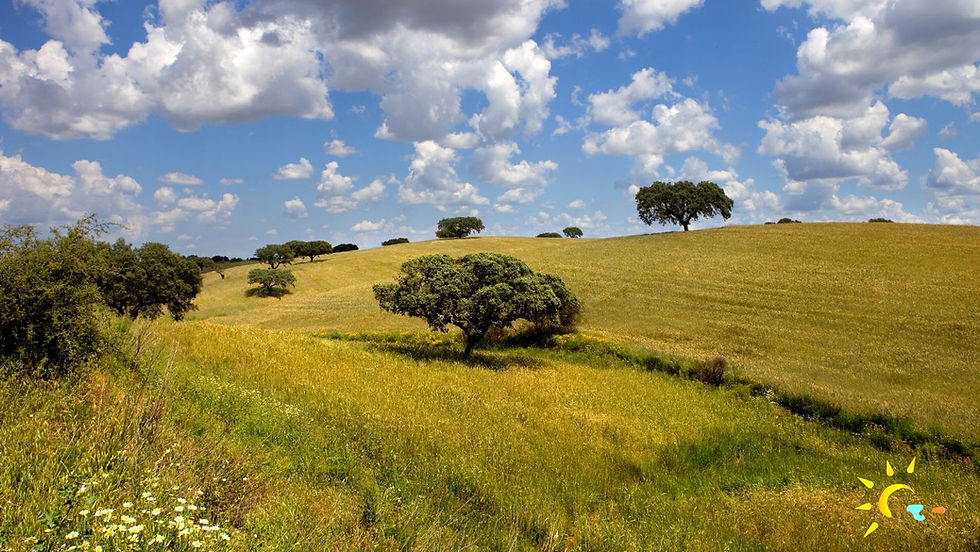
Spread over 5,000 square kilometers, the Algarve covers nearly 6% of Portugal's land mass. It is divided into sixteen municipalities. The bound of the Algarve is defined by stark natural frontiers, which have molded the history and development of the region. Northward, the vastness of Alentejo, a land of wide-open plains and gentle hills, serves to bound the Algarve. The east acts as the border with Spain, running along the Guadiana River, while the Atlantic Ocean provides complete enclosure of the Algarve on the west and south. Thus, this peculiar position is favorable to the Algarve's picturesque value and makes for a fruitful crossroad of culture and trade.
The making of peripheral people on edge on the western extreme of the Iberian Peninsula has contributed to a unique identity. This land-sea convergence affects local architecture, cuisine, and economic activity. Now, a national highway links the north of Portugal to the Spanish frontier through the heart of the Algarve, completing the picture of its continued position as a gateway between cultures.
The Coastal Paradise: Beaches, Towns and Natural Wonders
At nearly 155 kilometres in length along the southern coast and again about 50 kilometres along the western edge, the Algarve's litoral or coastal strip is perhaps one of the most entrancing aspects of the regionThe golden beaches and blinding sunshine meet magnificently together with the rugged cliffs housing hidden beaches, a mix that draws millions to the coast every year. The east end, especially near Faro, shelters the Ria Formosa lagoon system of barrier islands and marshes under government protection.
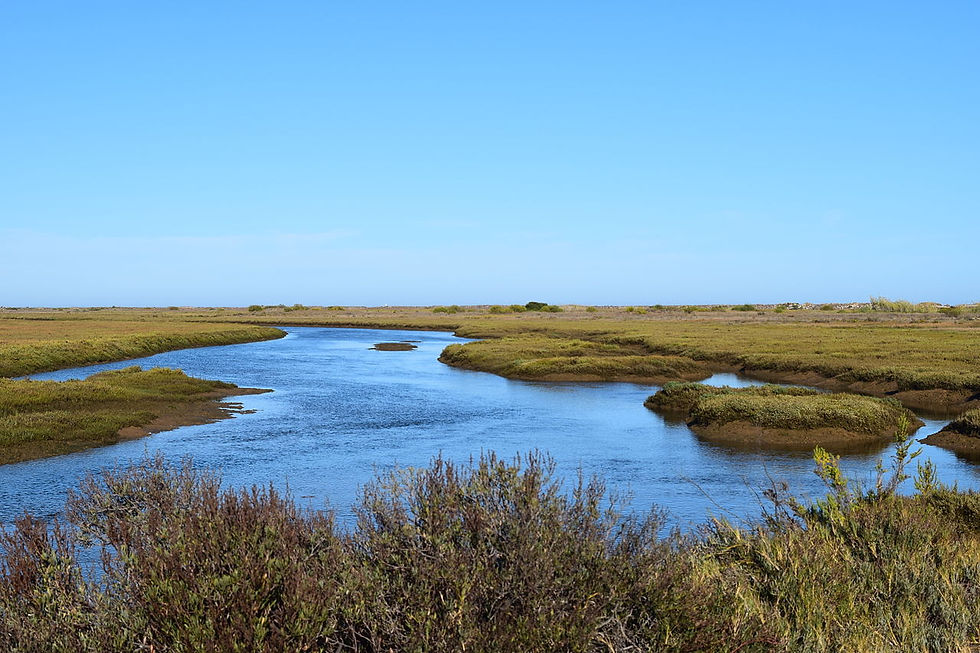
These two features make Ria Parque a true paradise for flora and fauna. The ecosystem is also a stimulating natural zone for walking and birdwatching and provides a natural storm buffer for the coast itself. Further west, the rolling hills bewitch you with that wild beauty along the untamed coast of Costa Vicentina exposing the cliffs, sea caves, and rock formations bearing testimony to the relentless assault of the mighty Atlantic. The towns of Sagres and Cape St. Vincent have bound together what we refer to as the past and maritime importance of Algarve, thereby making this litoral a living tapestry that brings together nature's glory and the imprint of cultural history.
Albufeira, Lagos, Portimão, Tavira, Carvoeiro, and Faro are bright towns which form part of this literal. They are modern in every aspect but still retain their traditional Portuguese appeal and high types of tourism and leisure. It also has everything: The finest dining experiences, top-notch shopping, and an excellent culture to fill a twinkling coastal space with the beauty of nature and the sophistication of an urban city.
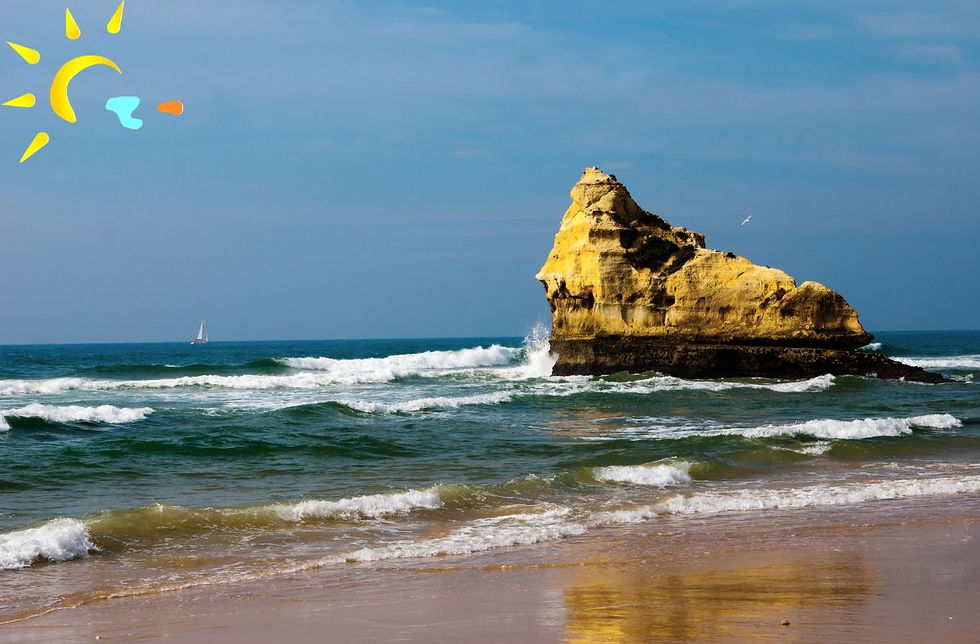
The Fertile Heartland: Discovering the Barrocal
The inland Barrocal refers to a different Algarve, beyond the crowded coastal resorts of the area. The transition area takes its name from the Spanish "barro" meaning clay, and "cal," which connotes limestone. Mildly rolling, the land is defined by fertile soils and a long tradition in agriculture. Barrocal is named so because it is often referred to as the orchard of the Algarve. Here, almond, fig, orange, and olive groves bask in the Mediterranean sun.
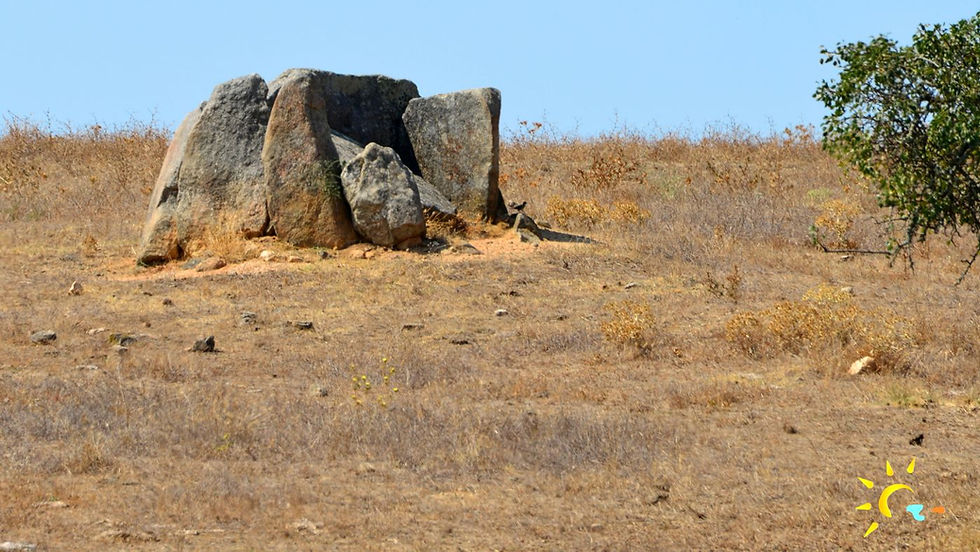
The tradition is the farming practices transceived from one generation to another, nurturing an organic and deeply rooted rural lifestyle. Whitewashed houses with their intricate chimneys and rainbow flowers pop up here and there in the countryside, embellishing infinity views over richly green fields and beyond to the ocean. The Barrocal is crucial in the economic terms of the area, providing delicious fruits and vegetables and preserving cultural heritage and ageless traditions that continue to define the spirit of the Algarve."
The Serra: Embracing the Mountains and Tradition
North of the Algarve, the land gently climbs to the modest Monchique mountain ranges forming the serra. Unlike the high, blatantly dramatic peaks in other European sectors, these mountains present less turbulence with rounded contours and breezy slopes. This is what makes the range so well defined: it has Foia, the highest point at 902 meters, from which lie wide-open views of the entire surrounding landscape.
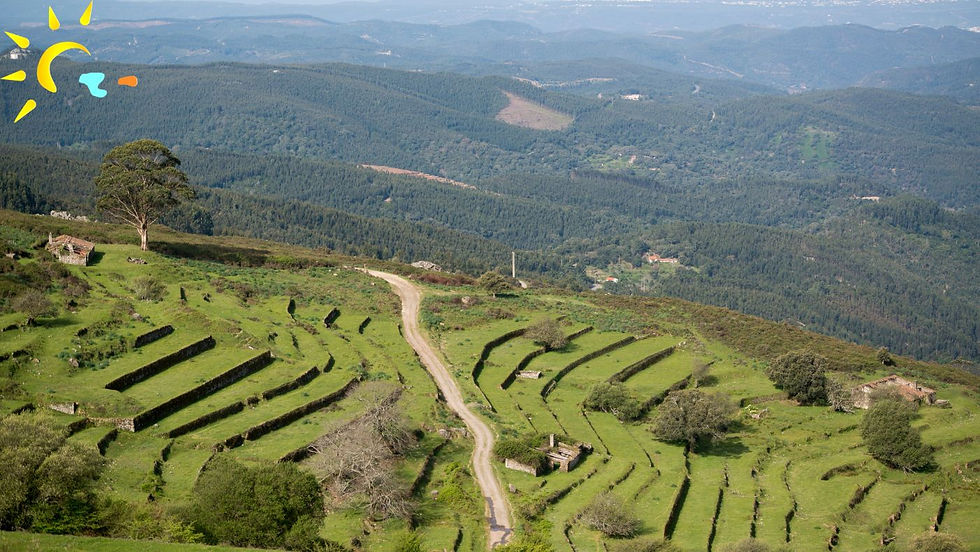
The Serra cools the coastal heat with a cool climate, giving way to an impressive range of flora like cork oak, eucalyptus, and aromatic Mediterranean scrub. Most importantly, this mountainous region does not just protect adventure traveling and trekking lovers; it also constitutes an integral part of the Algarve's cultural inheritance. The small villages tucked away in the hills maintain the traditions of a way of life where local festivities, artisanal crafts, and culinary dishes are handed down from generation to generation. In the Serra, one who visits will learn of a life slower than any pace, the nature of which constitutes an ancient culture set in harmony with yet another modern tourist area along the coast.
Cultural and Economic Impact and Future Opportunities
The diverse geography of the Algarve plays an essential role in shaping the landscape of culture and economy. In this coastline of spotless beaches coupled with luxury hotels, one could find booming tourism. Millions come here at least once a year, always looking forward to that Mediterranean climate, sailing in water sports, or visiting historical sites. All these tourist seasons have accelerated economic development and have had improvements in infrastructure, transport, and local services associated with them.
The Barrocal and the Serra, on the other hand, play key roles in developing sustainable agriculture and rural tourism in the Algarve. Traditionally, those raised in agrarian systems will still continue to give quality fruits, vegetables, and olive oils, internalizing these in the cuisine and into the economy of the town through exports. The inland regions also include a number of opportunities for eco-tourism, where guests can get in touch with nature by taking in beautiful landscapes while hiking and enjoying the simplicity of life.
Challenges and Future Opportunities for the Algarve
Much as these are nature-cultural privileges, the Algarve is not without imminent challenges that affect its possible development in the future. Heavy reliance on coastal tourism includes salient issues of overdevelopment, environmental degradation, and seasonality in economic activities. Urbanization has led to an imbalance in growth in specific regions and thus began to severely threaten local ecosystems, requiring sustainable management more than ever.
In conclusion, the Algarve region is a remarkable testimony to how nature has shaped human history and culture. Its diversity in geography creates a crescent from sunlit litoral with its beautiful beaches and jagged coastal landscape to the fertile Barrocal and the calm, rolling mountain ranges of the Serra, creating a mosaic of environments that inspire and sustain their communities.
